The establishment of wildlife sanctuaries has become a critical tool in the global effort to conserve biodiversity and protect endangered species. Across the world, successful models of wildlife reserves demonstrate how thoughtful planning, community involvement, and sustainable practices can create thriving ecosystems. These sanctuaries not only safeguard animals but also contribute to local economies and scientific research, proving that conservation and human development can coexist harmoniously.
One of the most celebrated examples is the Maasai Mara National Reserve in Kenya. This vast grassland ecosystem is home to the iconic Great Migration, where millions of wildebeest, zebras, and gazelles traverse the plains in search of greener pastures. The success of Maasai Mara lies in its collaborative management approach, which involves local Maasai communities as stakeholders. By integrating traditional knowledge with modern conservation techniques, the reserve has maintained its ecological balance while providing livelihoods through eco-tourism. The Maasai people’s deep connection to the land ensures that wildlife protection remains a cultural priority.
In contrast, the Galápagos Marine Reserve off the coast of Ecuador showcases how marine ecosystems can be preserved through stringent regulations and international cooperation. The reserve’s unique biodiversity, including species found nowhere else on Earth, has been shielded from overfishing and invasive species through strict enforcement of no-take zones and sustainable fishing practices. Scientists and conservationists work alongside local fishermen to monitor the health of the marine environment, creating a model for ocean conservation that balances ecological needs with human activity.
Another groundbreaking initiative is the Snow Leopard Trust in Mongolia, which focuses on protecting the elusive snow leopard through community-based conservation. By training local herders as wildlife monitors and providing incentives for protecting the big cats, the trust has reduced poaching and habitat destruction. The program’s emphasis on education and alternative livelihoods has fostered a sense of ownership among residents, ensuring long-term commitment to conservation. This approach highlights the importance of addressing the socioeconomic factors that often drive conflicts between humans and wildlife.
Closer to urban environments, the Singapore Nature Reserves demonstrate how even densely populated cities can create sanctuaries for wildlife. Despite its limited land area, Singapore has designated extensive green spaces as protected areas, such as the Bukit Timah Nature Reserve. These reserves are meticulously managed to prevent urban encroachment, with measures like wildlife corridors that allow animals to move safely between habitats. The government’s proactive policies and public awareness campaigns have made Singapore a surprising leader in urban biodiversity conservation.
The Yellowstone to Yukon Conservation Initiative (Y2Y) spans two countries and multiple ecosystems, illustrating the power of large-scale, cross-border collaboration. By connecting protected areas across the Rocky Mountains, Y2Y ensures that species like grizzly bears and wolves have the space they need to roam and thrive. The initiative’s success relies on partnerships with governments, indigenous groups, and private landowners, proving that wildlife corridors can be established even in regions with competing land-use demands. This visionary project serves as a blueprint for continental-scale conservation efforts.
In the Amazon rainforest, the Mamirauá Sustainable Development Reserve in Brazil stands out for its innovative approach to combining conservation with sustainable resource use. Local communities are empowered to manage the reserve’s resources, harvesting timber and fish in ways that do not deplete the ecosystem. Researchers work alongside residents to develop sustainable practices, ensuring that both wildlife and people benefit. This model challenges the notion that conservation must exclude human activity, instead showing how responsible stewardship can enhance biodiversity.
These examples underscore that there is no one-size-fits-all solution to creating wildlife sanctuaries. Each successful reserve adapts to its unique ecological, cultural, and economic context. However, common threads include strong local involvement, scientific research, and flexible management strategies that evolve with changing conditions. As the planet faces escalating environmental challenges, these sanctuaries offer hope and practical lessons for preserving the natural world for future generations.
The journey of establishing a wildlife sanctuary is fraught with challenges, from securing funding to navigating political hurdles. Yet, the rewards—preserving irreplaceable species, maintaining ecosystem services, and fostering a deeper connection between humans and nature—are immeasurable. The global success stories of wildlife reserves remind us that with creativity, collaboration, and perseverance, it is possible to carve out sanctuaries where life can flourish against the odds.
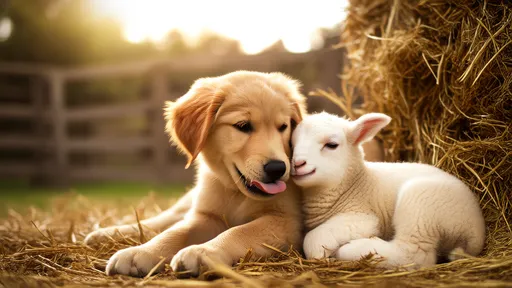
By /Aug 4, 2025
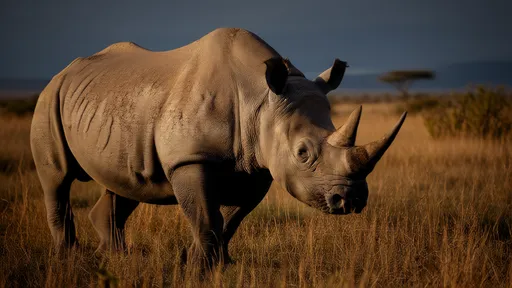
By /Aug 4, 2025
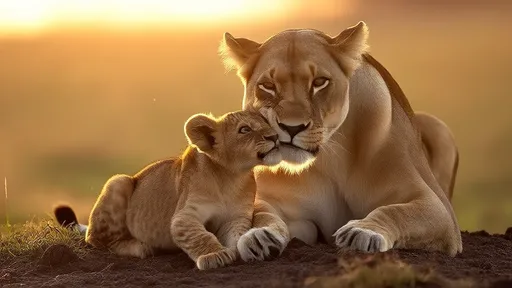
By /Aug 4, 2025
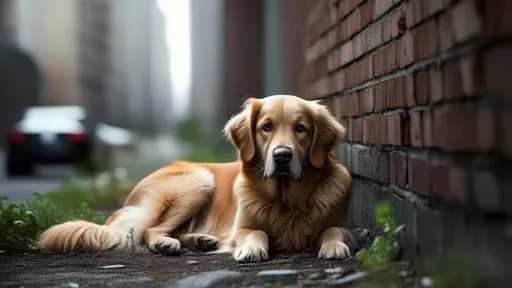
By /Aug 4, 2025

By /Aug 4, 2025

By /Aug 4, 2025
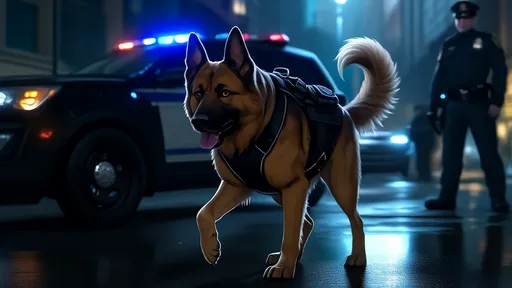
By /Aug 4, 2025
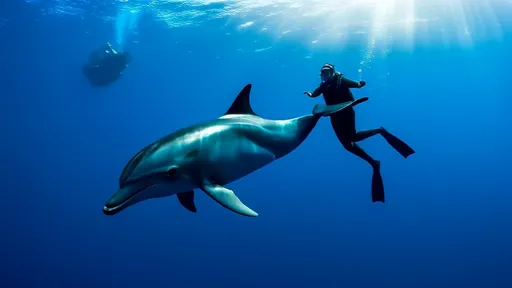
By /Aug 4, 2025
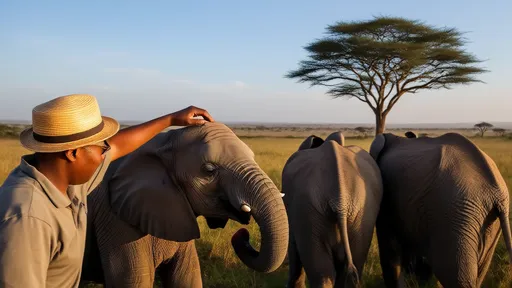
By /Aug 4, 2025

By /Aug 4, 2025
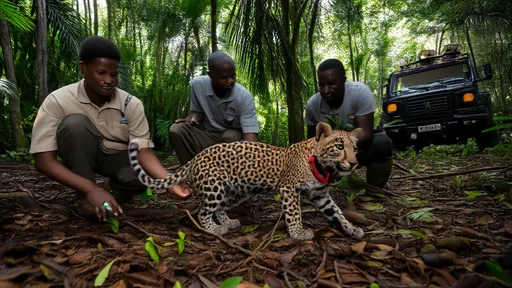
By /Aug 4, 2025
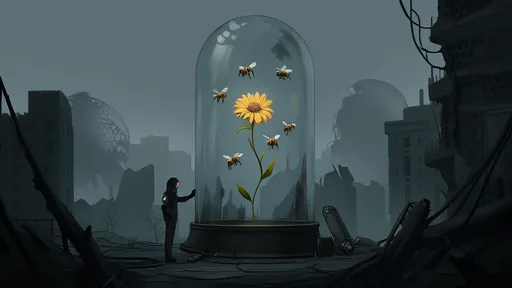
By /Aug 4, 2025
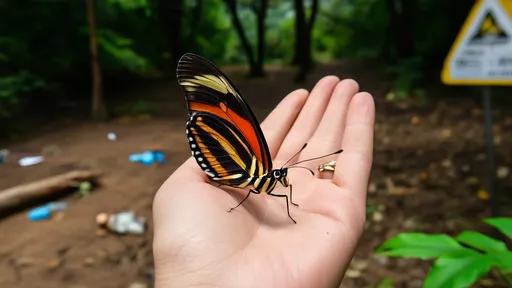
By /Aug 4, 2025

By /Aug 4, 2025
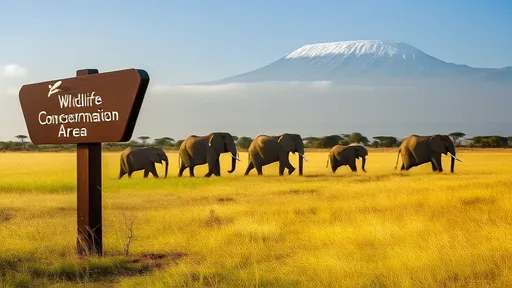
By /Aug 4, 2025
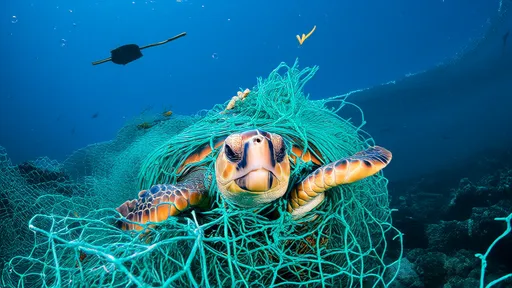
By /Aug 4, 2025

By /Aug 4, 2025
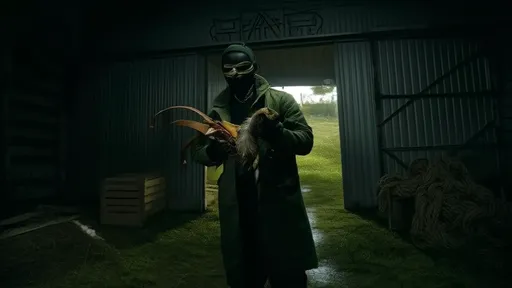
By /Aug 4, 2025
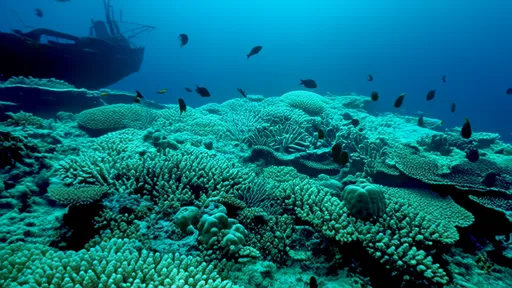
By /Aug 4, 2025
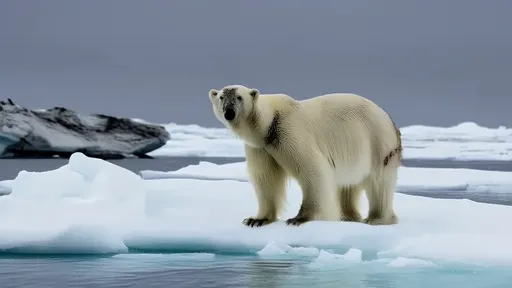
By /Aug 4, 2025